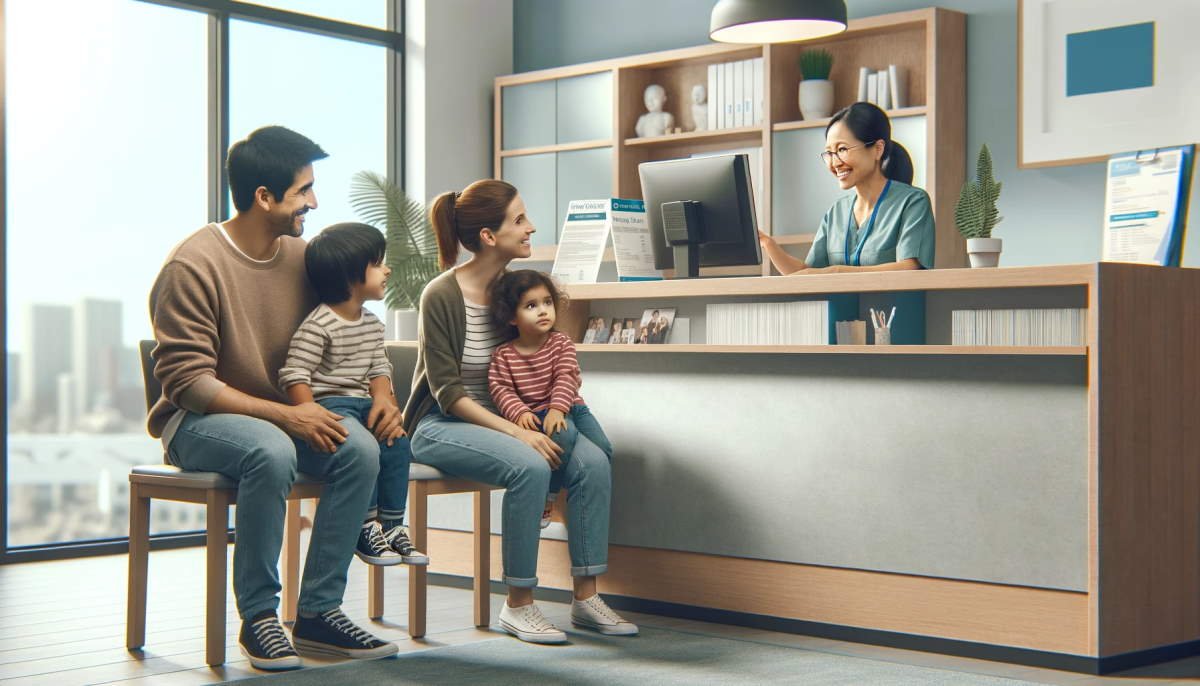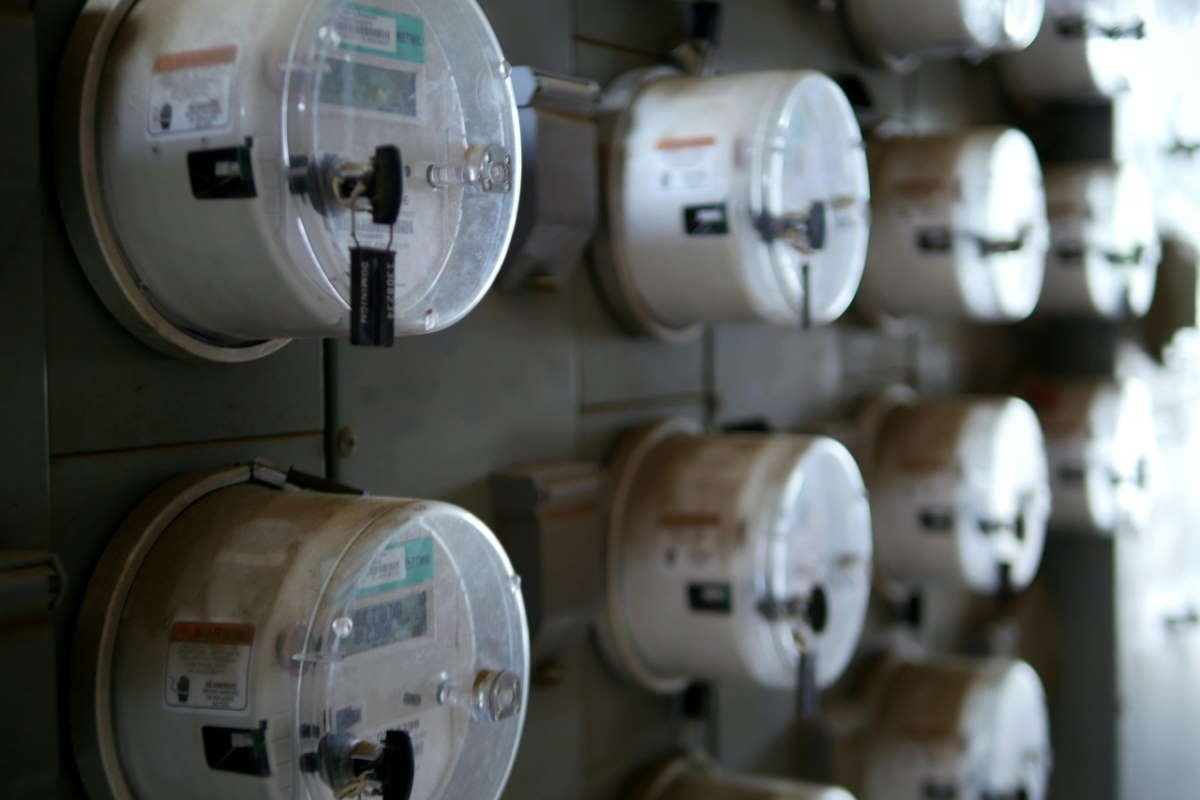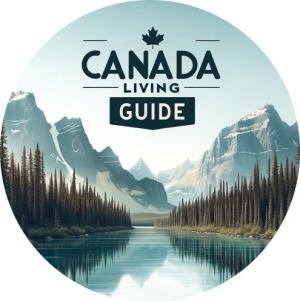How to Get an Ontario Health Card: Applying for OHIP
Moving to Ontario comes with a list of important tasks, and the top of that list is figuring out how to get an Ontario Health Insurance Plan (OHIP) card.
This might seem overwhelming, especially if you’re new to Canada. But there’s good news – our guide simplifies it all. We break down the process of how to get an Ontario health card into easy steps.

Introduction to OHIP and its Importance for Newcomers
The Ontario Health Insurance Plan (OHIP) provides comprehensive healthcare coverage to Ontario residents, including newcomers and immigrants. It’s crucial for new arrivals in Ontario to understand how OHIP works, as it offers access to necessary medical services and reduces personal healthcare costs. This guide aims to simplify the process and provide clear steps on how to obtain an OHIP card.
OHIP in Ontario is funded mainly by the provincial government through provincial taxes, including income and sales taxes. Additional funding comes from federal government transfers and an Employer Health Tax paid by Ontario employers. This combined funding allows OHIP to offer health services to residents at no direct cost at the point of use.
Eligibility Criteria for New Immigrants
To qualify for OHIP, new immigrants must meet specific criteria. These include having a permanent resident status, having applied for immigration status, and residing in Ontario for at least 153 days in any 12-month period.
Additionally, you must physically reside in Ontario for at least 153 days of the first 183 days immediately after establishing residence in the province.
Therefore, for individuals who intend to return to their home country or spend a significant amount of time abroad, such as for retirement, it’s important to be aware that their OHIP coverage may be jeopardized or canceled due to prolonged absences from the province.
Who is Not Eligible for OHIP?
The Ontario Health Insurance Plan (OHIP) is not accessible to everyone. Those who typically don’t qualify include tourists, visitors, some temporary workers, foreign students (with specific exceptions), Canadian citizens who don’t primarily live in Ontario or have been out of Canada for more than 212 days in a year, and individuals with expired or illegal immigration status. Refugee claimants may also be ineligible, depending on their specific circumstances.
Required Documentation
Applicants need to prepare certain documents for the OHIP application. This includes proof of identity (such as a passport), proof of residency status (like a Permanent Resident card), and proof of residency in Ontario (such as a rental agreement or utility bill). It’s important to check the latest requirements on the Ontario government’s website, as the required documents may change.
Application Process
To apply for OHIP, newcomers must visit a ServiceOntario center in person. It’s advisable to book an appointment or check the walk-in hours. During the visit, you’ll need to complete an application form and submit it along with your documents. The staff at ServiceOntario will verify your documents and process your application.
After Submitting the Application
After submitting your application, there’s typically a waiting period before your coverage begins. This period usually lasts up to three months. During this time, it’s wise to consider temporary health insurance to cover any necessary medical expenses.
Using Your OHIP Card
Once you receive your OHIP card, you can use it to access a wide range of health services, including visits to doctors, hospital stays, and certain medical tests.
For certain groups such as seniors, children, and people on social assistance, OHIP offers additional coverage, including for prescription medications under the Ontario Drug Benefit program.
Remember to carry your card with you and present it at healthcare appointments.
What Happens if You Forget Your OHIP Card at the Doctor’s?
If you forget your OHIP card when visiting the doctor, you may still be admitted for treatment, especially if the office has your details on file.
However, you might be billed directly for the service. You can typically get reimbursed by OHIP if you later present your valid OHIP card along with the original receipt.
Some healthcare providers might also verify your coverage electronically or allow you to bring your card later to adjust the billing.
In emergency situations, hospitals provide care regardless of your card, but you’ll need to provide OHIP information as soon as possible afterward.
What is Covered by the OHIP?
The Ontario Health Insurance Plan (OHIP) provides coverage for a wide range of health services to eligible Ontario residents. Here’s a summary of what is typically covered:
- Doctor Visits: Consultations, examinations, and some treatments provided by a family doctor or a specialist are covered.
- Hospital Services: This includes stays in a hospital, necessary diagnostic tests, and surgeries.
- Medical Tests and Surgeries: Necessary diagnostic services, such as blood tests, X-rays, and surgeries that are required for medical reasons. MRI scans are also covered by OHIP but only if they are medically necessary and prescribed by a licensed physician. This coverage applies to scans conducted in hospitals and certain OHIP-certified private clinics.
- Emergency Health Services: Coverage for emergency medical services, particularly in situations where immediate medical attention is needed.
- Dental Surgery: OHIP covers some dental surgeries, but this is limited to procedures that must be done in a hospital.
- Optometry (Eye Health Services): Eye examinations are covered for individuals under 20 and over 65 years of age and those with specific health conditions.
- Podiatry (Foot Health): Limited coverage for podiatric services, excluding routine foot care.
- Ambulance Services: OHIP partially covers the cost of ambulance services in cases of medical emergency.
What is Not Covered by the OHIP?
- Prescription Medications: For most people under 65, prescription drugs outside hospitals are not covered.
- Routine Dental Services: Basic dental care is not included, except for specific surgical procedures that must be performed in a hospital.
- Eye Exams for Certain Age Groups: Routine eye exams for adults aged 20 to 64 are not covered, except for individuals with specific medical conditions.
- Cosmetic Surgery: Procedures that are deemed cosmetic and not medically necessary are not covered.
- Out-of-Country Medical Services: OHIP provides very limited coverage for medical services received outside Canada.
- Ambulance Services: While partially covered, there is usually a co-payment for ambulance services, except under certain conditions.
- Private Rooms in Hospitals: If you choose a private room in a hospital, the additional cost is not covered.
- Alternative Therapies: Services such as acupuncture, chiropractic, naturopathy, and others are typically not covered.
- Hearing Aids and Glasses: OHIP does not cover hearing aids, eyeglasses, and contact lenses.
Does OHIP Cover You Outside of Ontario?
OHIP offers limited medical coverage outside Ontario.
Within Canada, OHIP covers healthcare costs at Ontario rates, but you may have to pay the difference if local rates are higher. It provides coverage for some services, including physician services and those offered in a public hospital. Note that services such as ambulance, home care, long-term care, prescription drugs, and lab services provided outside of a hospital are not covered.
Outside Canada, coverage is very restricted, offering up to $400 per day for certain emergency services, but often insufficient for full costs.
Since January 1, 2020, overseas coverage is minimal, so additional travel health insurance is highly recommended.
Pre-approval might be needed for specific services. It’s important to verify current OHIP policies and have adequate insurance when traveling.
Renewal and Updates
OHIP cards need to be renewed periodically. Ensure to keep track of the expiry date on your card and follow the renewal process, which may involve providing updated documentation and visiting a ServiceOntario center. Also, inform ServiceOntario about any changes in your address or immigration status.
Conclusion
Successfully obtaining an OHIP card is a crucial step in settling in Ontario as a new immigrant. It ensures access to healthcare services and contributes to a smoother transition into your new life in Canada. By following the outlined steps and utilizing available resources, the process can be straightforward and manageable.
Related Articles
-

How Much Are Utilities in Canada?
If you’re immigrating or already living in Canada, understanding utilities and their costs is important for managing your finances comfortably.… Read more
-

Moving to Toronto
Moving to Toronto is an exciting choice, as Canada’s largest and most diverse city offers a lot. People move to… Read more
-

Where to Stay in Windsor, Ontario: A Guide to Hotels, Motels, Bed & Breakfasts, and Campgrounds
If you are wondering where to stay in Windsor, Ontario, you’ll be happy to know there is a wide variety… Read more






